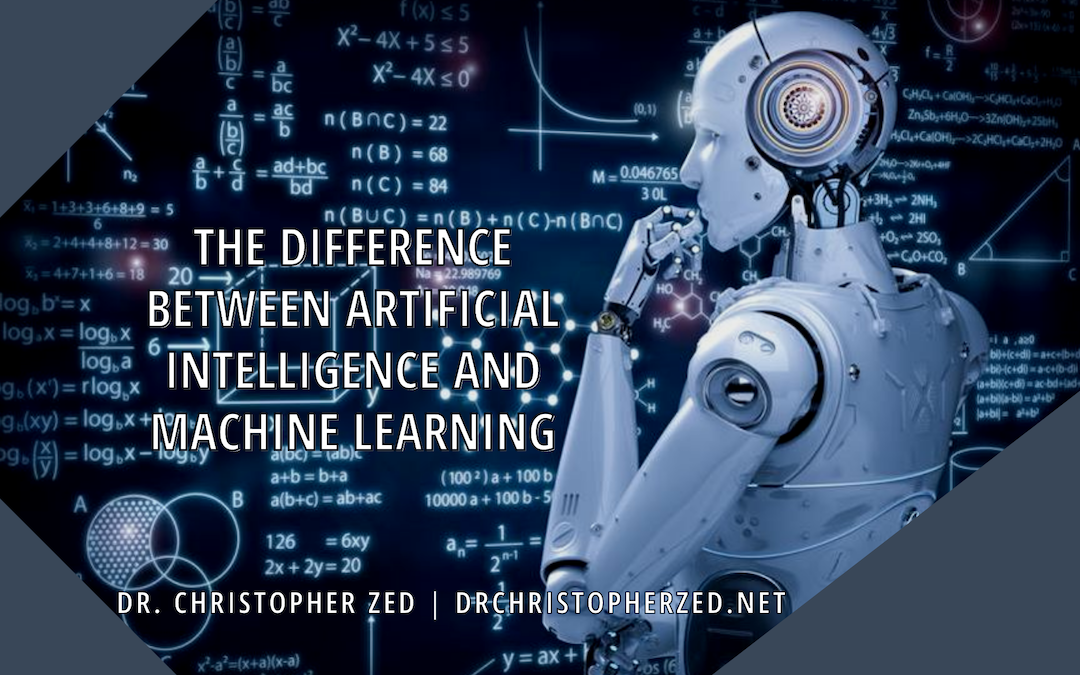When people hear modern-day terminologies like artificial intelligence and machine learning, it’s easy to mistake them for synonyms. Contrary to popular belief, they are not the same. Artificial intelligence (AI) is defined as artificial, simulated human intelligence behavior written in machine code called algorithms. Humans write the code, and the programs are then placed into machines to mimic human actions. Devices can problem solve and carry out commands, but it is with human intervention through code.
Artificial intelligence has come a long way since it was first developed. Historians now consider four distinct classifications of AI-based systems over time. The first iteration was reactive machinery that responded to human stimuli but retained no memory of their own. Next came limited memory machines, which used past experiences to alter future behavior. Theory of mind AI started analyzing the behavior of other devices and their relationship to them. The final version of AI has human-like intelligence and self-awareness.
Contrarily, machine learning (ML) takes this concept one step further. Computer programs still learn and adapt to situations, but they do so without human intervention. This additional ability to learn from previous decisions is what separates machine learning from traditional AI. After the source code is built-in, devices can use that artificial intelligence to process big data. This discovery was a game-changer for all industries that rely on large sums of data, not only because machines can comb through large sums of data with unrivaled speed and accuracy, but the concept of machine learning and big data means that computers can identify and find patterns, and use that knowledge to predict future behavior. Devices can also perform this in a fraction of the time as a human can.
There are many applications for machine learning in a variety of industries. Because it is able to parse data and depict patterns, it can be used in decision-making with marketing, investing, lending, fraud detection, customer service, image and speech recognition, traffic prediction, malware filtering, virtual assistants, and product recommendations.
While it may be easy to confuse hot buzzwords like artificial intelligence and machine learning, the truth is they are not interchangeable. Artificial Intelligence is the wider notion of machines being able to perform tasks in a way that we would consider humanlike or smart. The Internet of Things is an example of using smart devices to make choices and communicate within a network of other smart devices.
Machine Learning is a modern-day application of AI-based technology with an intense focus on big data and the idea of giving them the freedom to learn without human intervention.

